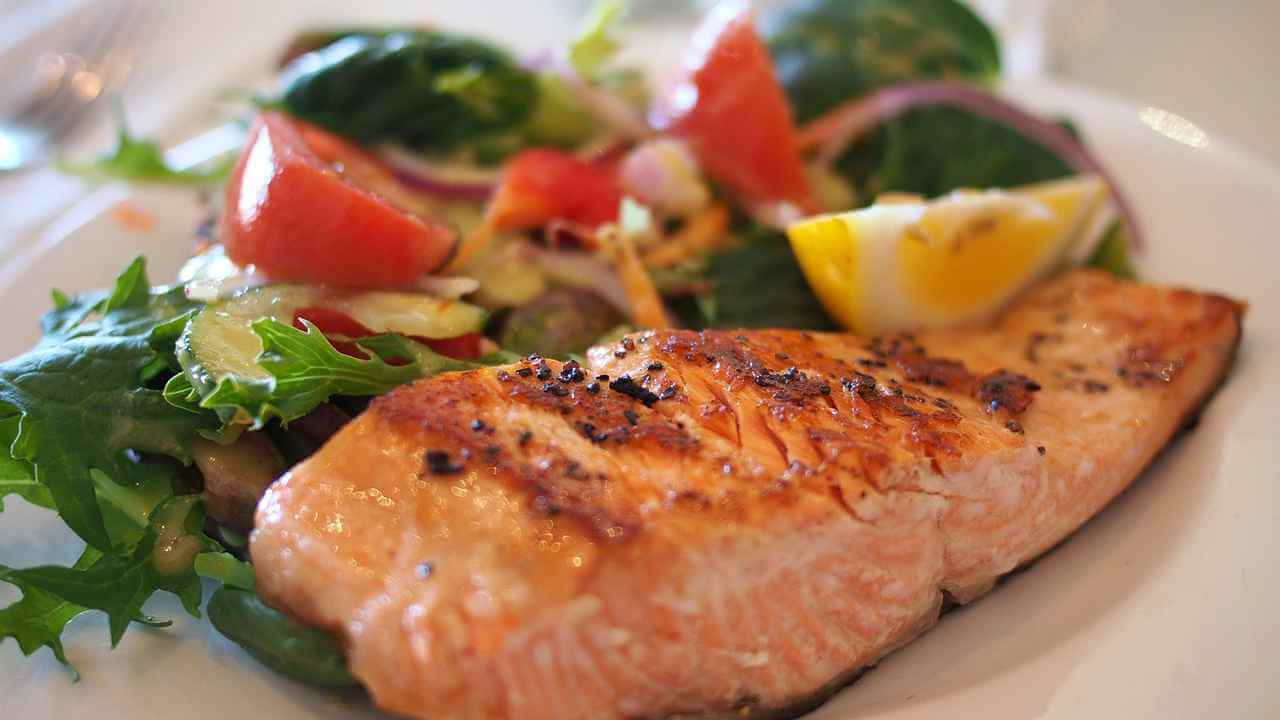Who Else Wants to Go Pegan
Going pegan may be the solution if you’re confused by conflicting claims about which diet is most effective or want to enjoy your dinner without having to consult a rule book. Pegans claim they’re combining aspects of both paleo and vegan diets for maximum advantage.
The term pegan was coined by Mark Hyman, M.D of the Cleveland Medical Clinic. While the name sounds catchy, keep in mind that it’s more accurate to describe this plan as a modified paleo diet because true vegan diets contain no animal products.
Whatever words you use, both paleo and vegan diets can be good for you. Plus, you may find your new routine easier to follow when you adapt the dietary restrictions to your individual needs.
Pegan Eating Changes That Benefit Most Dieters
Many studies show that paleo and vegan diets can help you lose weight, manage diabetes, and strengthen your heart. Both systems share a few fundamentals that will help you eat smart.
1. Focus on whole foods. Add more whole foods to your diet. Potatoes in their natural form have more fiber and nutrients than a bag of chips. They also have less fat, sugar, salt, and other additives.
2. Eat your vegetables. Get at least 75% of your calories from plant-based foods. If you decide to eat meat, look for labels that say grass-fed, and shrink your portion sizes.
3. Choose healthy fats. Fats are essential, but they are not created equal. Good choices include olive oil, avocadoes, and fatty fish like salmon.
4. Cut down on sugar. The average American consumes 3 pounds of sugar a week. Try tapering down until you become used to drinking your coffee unsweetened.

salmon is rich in Omega-3 healthy fats
Pegan Eating Changes That Benefit Some Dieters
Depending on your personal preferences and medical needs, you may opt out of some of the usual paleo and vegan restrictions. Consider these factors.
1. Serve legumes. Legumes are a type of vegetable that includes beans, lentils, and even peanuts. If you’re watching your blood sugar or experiencing digestive issues, you may want to avoid them. Otherwise, keep eating these superfoods.
2. Decide about gluten. Gluten-free products are great if you’re sensitive to wheat. Otherwise, you may want to remain friends with your morning oats.
3. Drink your milk. Similarly, many adults develop lactose intolerance while others can eat dairy products comfortably. If you feel deprived, yogurt and aged cheeses may be easier to digest.
4. Shop carefully for soy products. There’s a big difference between extra sugary soy milk and whole soy beans. Buy plain tofu or sample fermented tempeh and miso.
Additional Pegan Tips
While you’re upgrading the way you eat, consider the rest of your lifestyle. These habits will make it easier to stay fit.
1. Exercise regularly. The safest way to maintain your weight is a combination of sensible eating and increased physical activity. Incorporate more movement into each day and find a variety of workouts that you love doing.
2. Read beyond the headlines. News articles about nutrition research often fail to tell the whole story. They may be based on small samples or participants who aren’t much like you. Talk with your doctor and experiment with different eating plans to find what works for you.
3. Be flexible. Listen to your body and think creatively about eating. If you feel cramped by a diet with strict guidelines, bend the rules to accommodate occasional cravings or eating out.
Eating like a caveman or cutting out animal products may help you to select nutritious foods and watch your weight. Craft your own eating plan by adapting the principles of paleo and vegan diets to suit your personal needs.




